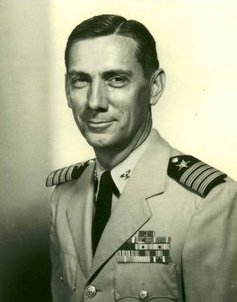In 1988 NCVA member Duane Whitlock published a book, followed by this treatise, dedicated to making the basic system of atomic structure more understandable. At the same time he has attempted to correct errors that have crept into the current theory of atomic matter. This treatise is clearly more mature than the book, and the author has obviously achieved his goal. At the same time, he has challenged the current thinking of the atomic scientists, because his views are certainly on a collision course with the most erudite of the Lawrence Berkeley National Laboratory practitioners.
Using skills learned as a cryptographer, and applying the same deductive reasoning required to solve a code or cipher, Whitlock has produced a theory of the basic make-up of atomic matter. Starting with the three primary colors which make up what we see, and showing that each is a bipolar object, it becomes possible to model the prismatic spectrum in terms of six monopoles. Each color has a positive and a negative pole for each of the three long range forces which interact to generate light energy. This makes it easier to understand how the colors black and white are produced, and how color blindness in individuals occurs.
Going forward, the author shows that the principles of structure which organize the system of light are the same principles that organize the system of matter. This simplifies the knowledge of atomic substructure far more precisely and makes it more understandable than anything that is now known or even theorized in the realm of particle physics.
It is not often that such disparate subjects as particle physics and light energy can be discussed without resorting to higher order mathematics. Author Whitlock has accomplished this feat making this treatise comprehensible to most of my readers.
This is an excellent piece of work. Let us hope it reaches the eyes and ears of those physicists in need of better understanding.
-- George McGinnis, 1999

